Description
The Triumph Of Love by Carlo Cignani printed on a T-Shirt
About the T-Shirt
Regular fit
Standard length, the fabric easily gives into movement
Casual wear
A classic, everyday option loved by our customers
Side-seamed
Constructed by sewing two parts together, creating a fitted look
The Unisex Staple T-Shirt feels soft and light with just the right amount of stretch. It’s comfortable and flattering for all. We can’t compliment this shirt enough–it’s one of our crowd favorites, and it’s sure to be your next favorite too!
- Solid colors are 100% Airlume combed and ring-spun cotton
- Ash color is 99% combed and ring-spun cotton, 1% polyester
- Heather colors are 52% combed and ring-spun cotton, 48% polyester
- Athletic and Black Heather are 90% combed and ring-spun cotton, 10% polyester
- Heather Prism colors are 99% combed and ring-spun cotton, 1% polyester
- Fabric weight: 4.2 oz./yd.² (142 g/m²)
- Pre-shrunk fabric
- 30 singles
- Side-seamed construction
- Tear-away label
- Shoulder-to-shoulder taping
- Blank product sourced from Nicaragua, Mexico, Honduras, or the US
Carlo Cignani (1628 – 1719)
Carlo Cignani was an Italian painter. His innovative style referred to as his ‘new manner’ introduced a reflective, intimate mood of painting and presaged the later pictures of Guido Reni and Guercino, as well as those of Simone Cantarini. This gentle manner marked a break with the more energetic style of earlier Bolognese classicism of the Bolognese School of painting.
He was born to a family of noble ancestry, but limited resources, in Bologna. His father’s first name was Pompeo, and his mother, Maddalena Quaini.
In Bologna, he studied first under Battista Cairo and later under Francesco Albani, to whom he remained closely allied, and was his most famous disciple. His first noted commission was a St Paul exorcising demon for the church of the Gesu in Bologna. For a hall dedicated to the Farnese in the Palazzo Publico, he painted with Taruffi, depicting the Francis, king of France, curing Scrofula on his entry to Bologna and the Entry of Paul III Farnese to Bologna’.
He was also strongly influenced by the genius of Correggio and by the masterworks by Melozzo da Forlì. For instance, his masterpiece, the Assumption of the Virgin, around the cupola of the church of the Madonna del Fuoco at Forlì, is inspired by the Correggio’s frescoes in the cupola of the Cathedral of Parma and by the Melozzo’s perspective from down to up. These frescoes occupied Cignani for some twenty years.
In 1681 Cignani returned to Bologna from Parma. He opened an accademia del nudo for painting from models and had as one of his pupils Giuseppe Maria Crespi.
He had some of the defects of his masters: his elaborate finish and his audacious artificiality in the use of color and in composition mark Albani’s influence. Despite that, he imparted to his work more of an intellectual character than his mentors. As a man Cignani was eminently amiable, unassuming and generous.
He accepted no honors offered him by the duke of Parma, but lived and died an artist. In 1686 he moved to Forlì, where he died. When the Accademia Clementina for Bolognese artists was founded in 1706, Cignani was posthumously elected Principe in absencia for life. His most famous pictures, in addition to the Assumption already cited, are the Entry of Paul III into Bologna; the Francis I Touching for Kings Evil; a Power of Love, painted under a fine ceiling by Agostino Carracci, on the walls of a room in the ducal palace at Parma; an Adam and Eve (at The Hague); and two of Joseph and Potiphars Wife (at Dresden and Copenhagen).
His son Felice Cignani (1660–1724) and nephew Paolo Cignani (1709–1764) were also painters. His most noted pupils were Marcantonio Franceschini and Federico Bencovich. Other pupils include Giacomo Boni, Andrea and Francesco Bondi; Giovanni Girolamo Bonesi; Girolamo Domini; Pietro Donzelli; Francesco Galli; Bonaventura Lamberti; Giovanni Battista Loreti; Matteo Zamboni; Camilla Lauteri; Stefano Maria Legnani; Giovanni Battista Loreti; Charles Lucy (1692 – after 1767), Francesco Mancini; Paolo Antonio Paderna., and Sante Vandi.

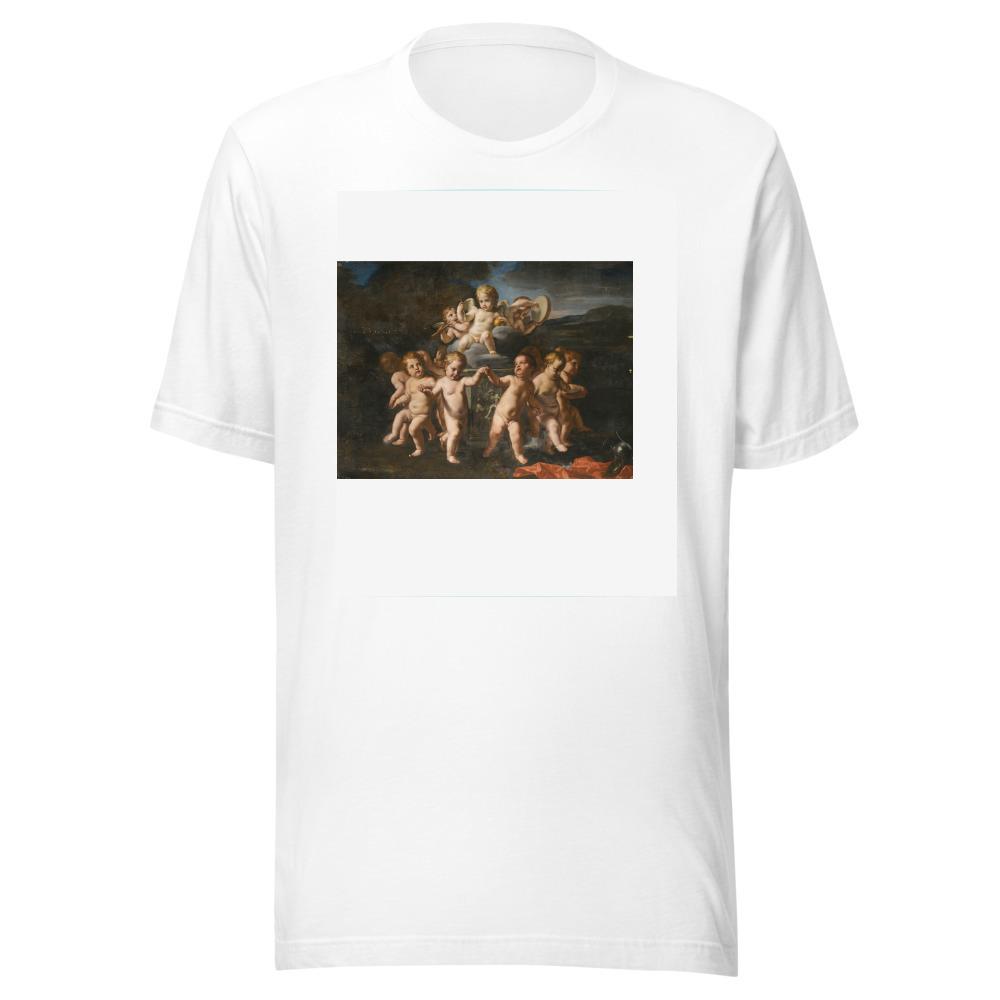
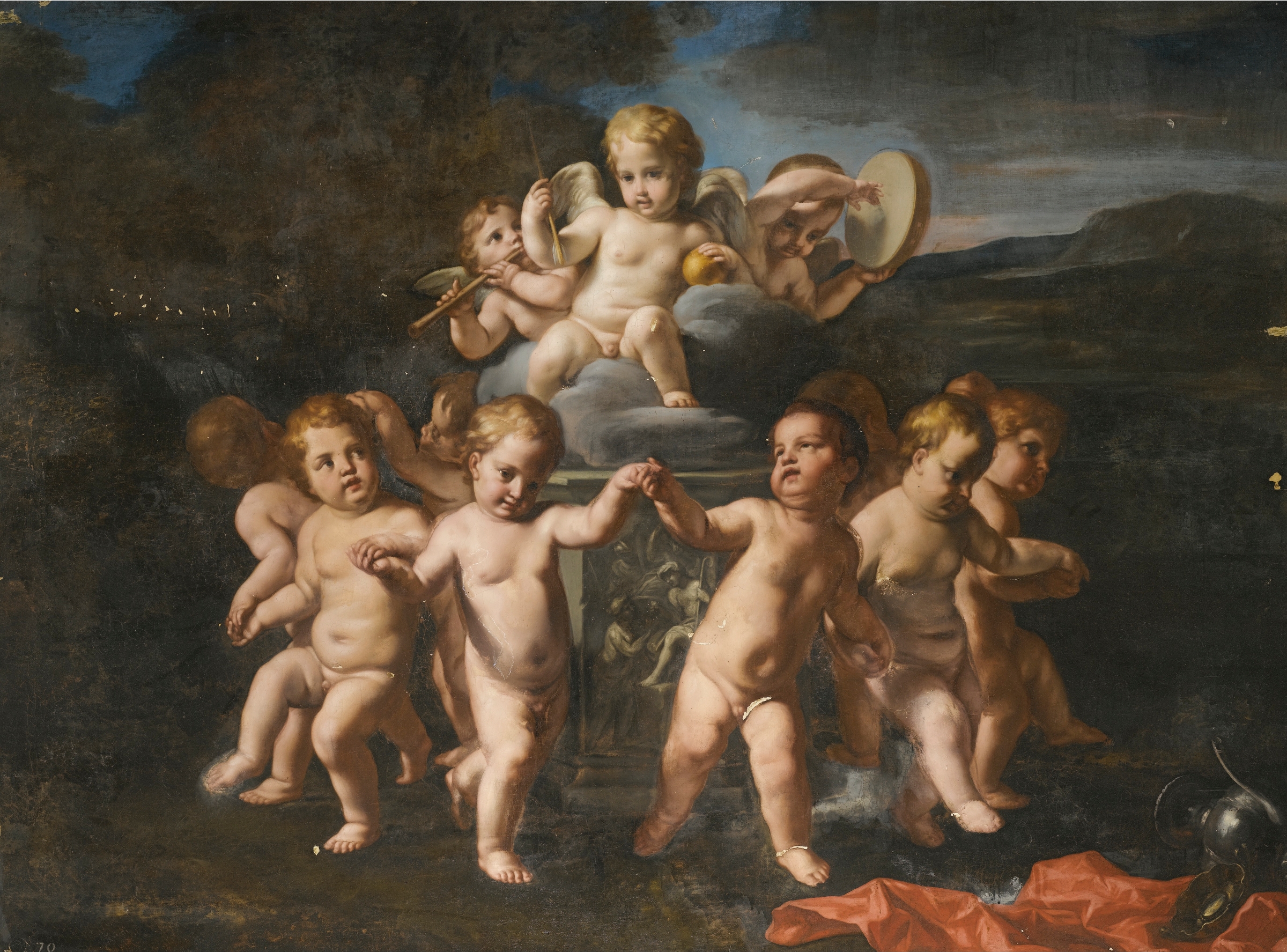
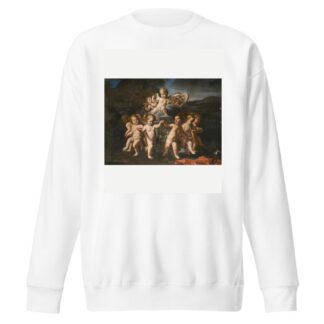
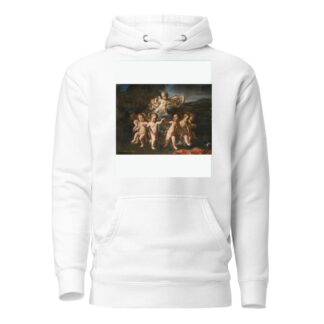
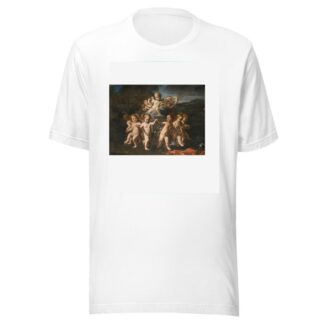
Reviews
There are no reviews yet.